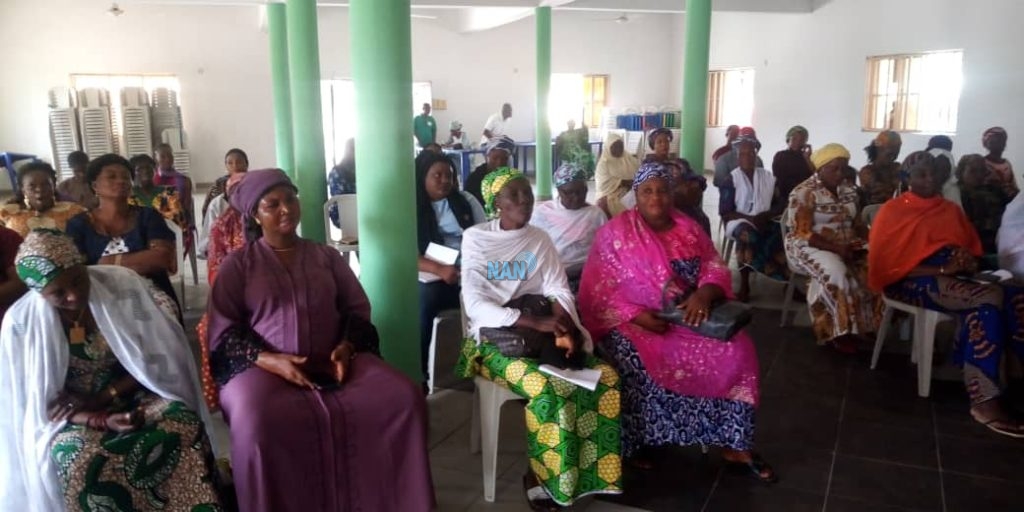The Gombe State chapter of the Small Scale Women Farmers Organization in Nigeria (SWOFON) had lamented the impact of a lack of access to agricultural inputs by women farmers, saying it’s affecting their productivity as well as food security in the state.
The Chairperson of Gombe State SWOFON, Airudia Mamman, while speaking during the presentation of the community scorecard on smallholder women farmers’ access to agricultural inputs in the state, noted that the key to attaining zero hunger is improved seedlings and other inputs.
Mamman called on the Ministry of Agriculture and Animal Husbandry to empower members of the organization with timely distribution of farm inputs, adding that they have started preparing for the rainy season and that it’s the right time to improve food production in the state.
Olam Agri launches Academy to Empower Women
The acting Permanent Secretary of the state’s Ministry of Agriculture and Animal Husbandry, Mr. Ibrahim Yakubu, lauded the women farmers for involving the ministry in their activities, while assuring timely provision of fertilizer and other farming implements to farmers in the state.
While presenting the scorecard at the community scorecard put together by the Hope Foundation for the Lonely (HFL) with support from ActionAid Nigeria, the Chief Executive Officer of HFL, Serah Yapwa, urged participants to scrutinize the scorecard, which had inputs from women farmers across the 11 local government areas of the state.
NAWIA Reinstates Commitment to Empower Smallholder Women Farmers
“Even if it is negative, it will keep us scaling up, it will help us move forward. We want to see progress in agricultural activities in Gombe State. We want to see how women farmers will have access to input, without input, there is no agriculture. This is a beautiful time to look at it.” Yapwa said
The Program Officer of HFL, Ballin James, pointed out that though smallholder farmers dominate the agricultural sector, they have difficulties accessing agricultural inputs, explaining that women make up 70 percent of agricultural labor, 50 percent of animal husbandry-related activities, 60 percent of food processing activities, and produce 90 percent of the produce.



